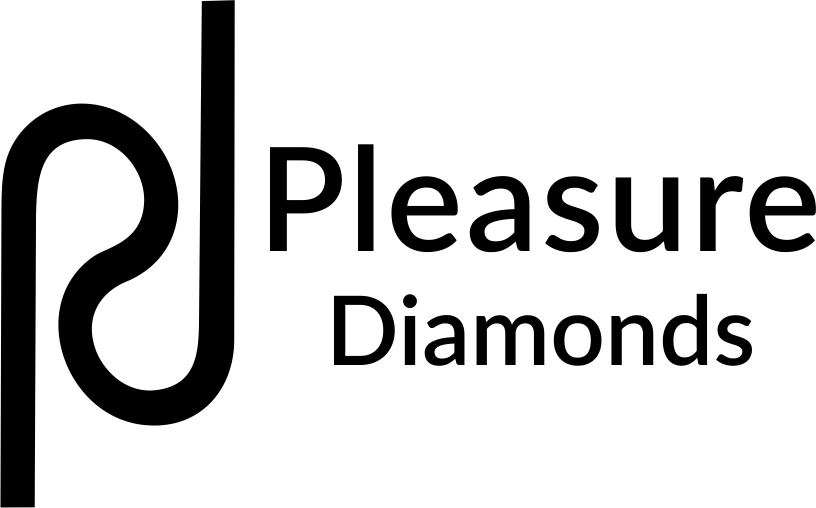Mastering Diamond Knowledge, A Comprehensive Guide to the 4Cs and Shapes
The 4cs
At Adara Jewels, we delve into the fascinating world of diamonds through the lens of the 4Cs: Cut, Clarity, Color, and Carat. Understanding these fundamental characteristics is key to appreciating the beauty and value of a diamond. Our comprehensive guide will help you grasp how each of these aspects contributes to a diamond’s overall allure and worth, empowering you to make informed and confident choices in your diamond selection.
Shapes
Each diamond shape offers its own unique beauty and appeal, allowing you to choose the perfect diamond that reflects your personal style and preferences. Whether you prefer the classic brilliance of the round cut or the vintage charm of the cushion cut, Pleasure Diamonds offers a stunning selection of diamond shapes to suit every taste and occasion. Explore our diverse range of shapes to find the one that best complements your individuality and adds elegance to your collection.
